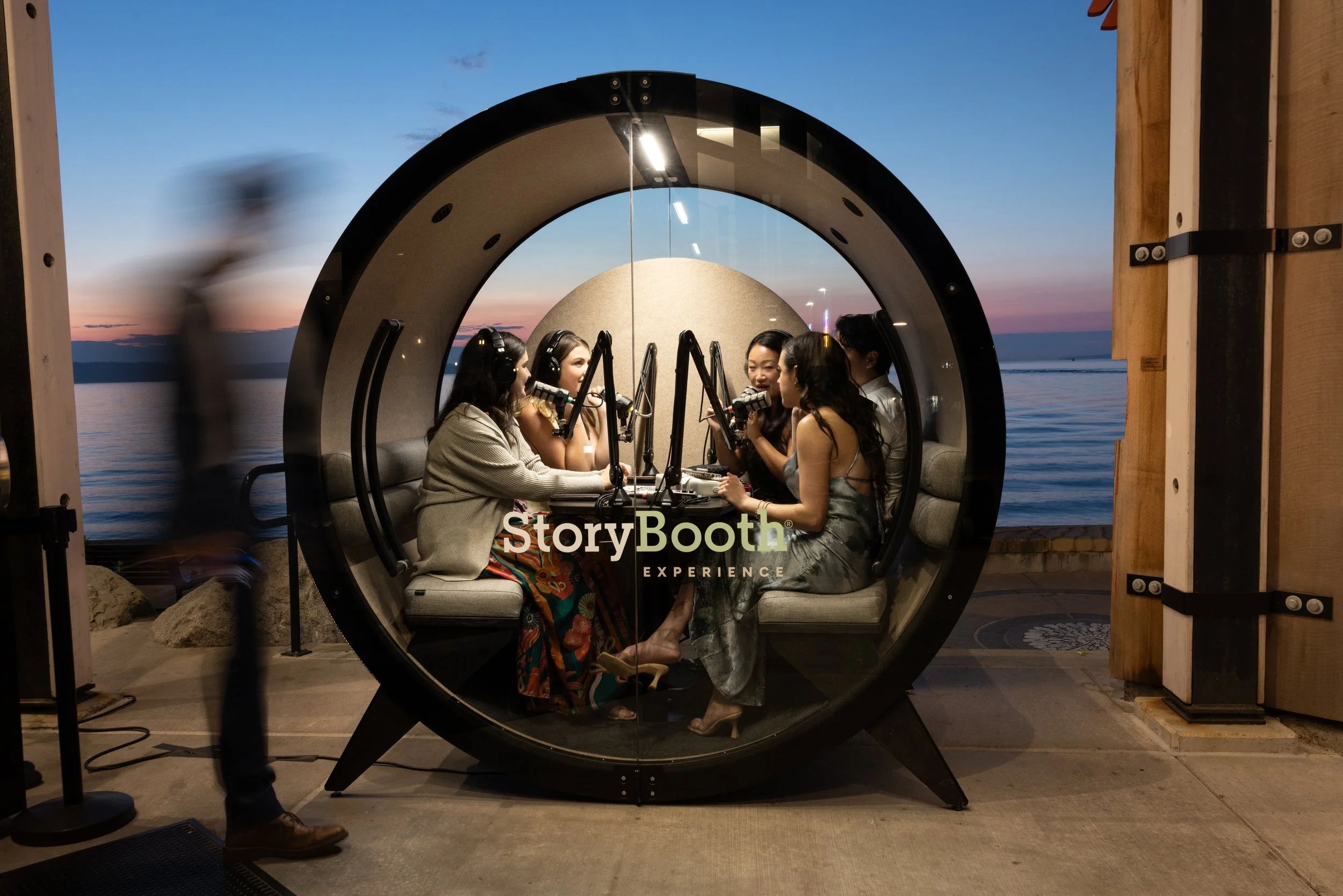Sam Stewart on the Sonic Branding of Bible Project.
Sam Stewart is a consummate composer and musician. He's known for working with brands like Ferrari and the NFL and has made a name for himself for his ability to sonically brand companies. This interview has been edited for clarity.
You have a background in composing for film and tv, and you’re worked with companies like Ferrari and the NFL. Companies that have a very strong brand identity. Talk about how sound plays into a strong brand identity.
Sound works on an emotional and psychological level. Visuals and sound always have to work together. So a company that has a strong visual identity, really needs to also have a strong sonic identity.
What was the challenge you saw when BibleProject approached you about creating a sonic brand?
Yeah that was one of my favorite projects ever. It’s usually the same problem. Nobody really knows what they want, so you have to go through a creative discovery process. In this case, BibleProject had a really strong visual brand and so we wanted to create something that married what they already had visually with what they wanted sonically. We have to narrow down what you like and what you don’t like. You're building a Sonic Palette.
Explain what a “sonic palette” is and how did you go about creating the BibleProject sonic palette?
So the Sonic Palette is a combination of keywords and playlists that work in the creative discovery process to build the Sonic Brand. In terms of the BibleProject sonic palette, we keyed in on it sounding clean, with some digital and organic instrumentations. We were influenced by several artists including the German DJ Ulrich Schnauss.
Tell us about your final selection and the other assets you made?
So after we whittled everything down, we got a four note logo, it’s meant to follow the four syllables of “bi-ble pro-ject.” We premiered it along with a suite of music and other sonic assets.
The whole sound is very clean and calming. And it’s been really well received by the brand and the brand's followers.
What’s your biggest takeaway that you’d want to share with someone who’s considering sonic branding?
Many companies have a very strong visual identity because of the nature of the internet. Visuals and sound work together to create a full brand experience for the user. I love the simplicity of sonic branding. Doing the work to create a sonic logo, and sonic assets means you can get right to the bones. What’s the essence of this company when someone closes their eyes? What do they hear? Many people try to overcomplicate a sonic brand, but at it’s heart it’s really very simple.
I would say that it’s also so important to approach sonic branding like a creative detective. Get to the core of who your company or brand is, who are the people who work there? Who are the customers or patrons? Be prepared to be vulnerable. The creative process especially with sound and music is guided by emotion and feeling and intuition. And if you approach it like this you’re going to create something that’s not only unique but something that you love.
3 Pieces of GUM:
Use Sound to form Emotional Connection. Sound deepens a brand’s identity by forging an emotional connection with the audience. A strong brand will strategically think about how to form a strong emotional tie with their audience.
Build a complete Sonic Palette by building a team. The process of creating a sonic palette involves careful selection and integration of sounds that resonate with a brand’s visual identity. The people who best know a brand’s identity are the creators and makers of the brand. Make sure you have the right decision makers in the room when building a sonic identity to compliment the visual identity.
Don’t underestimate the effectiveness of “sonic simplicity.” There’s a power of simplicity in sonic branding. A clear and concise sonic brand can effectively capture and convey the core identity of a brand. Less is more in sonic branding and communicates a clear and memorable message to your audience.


